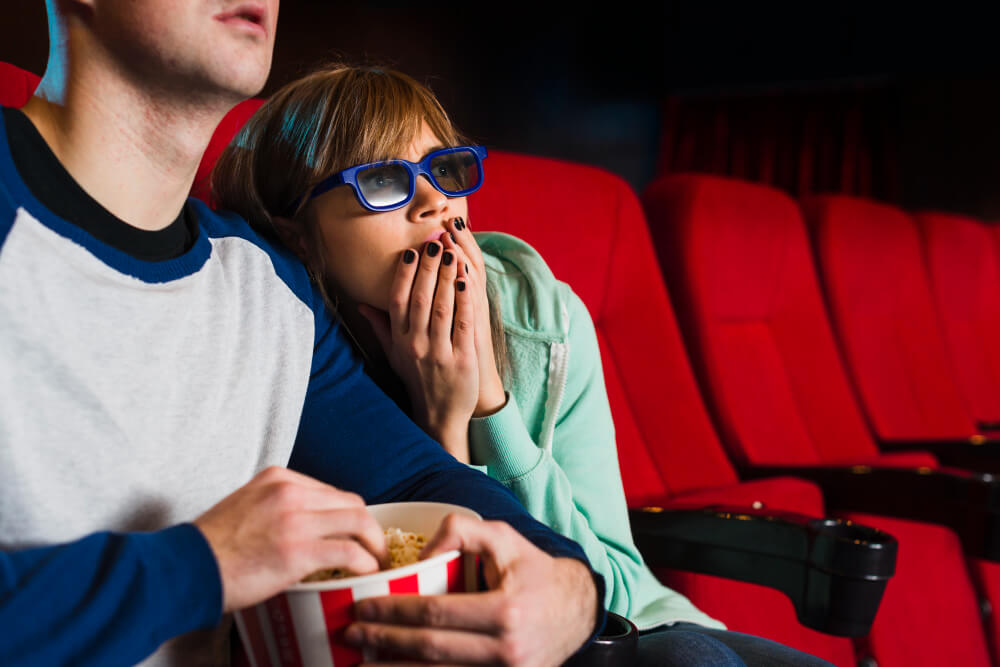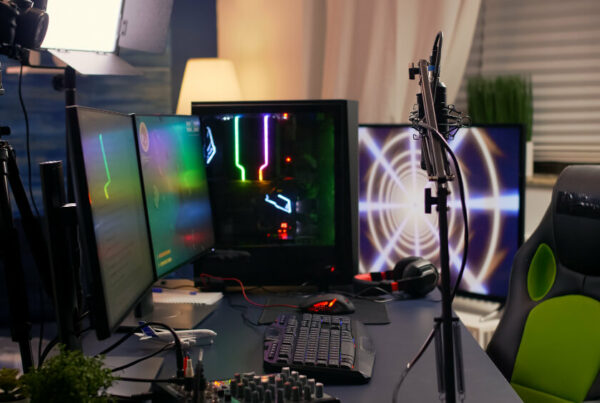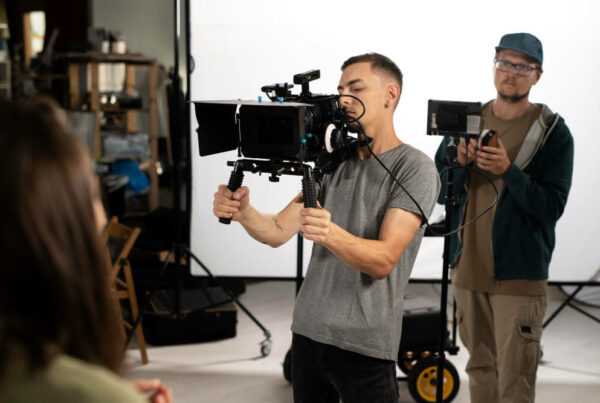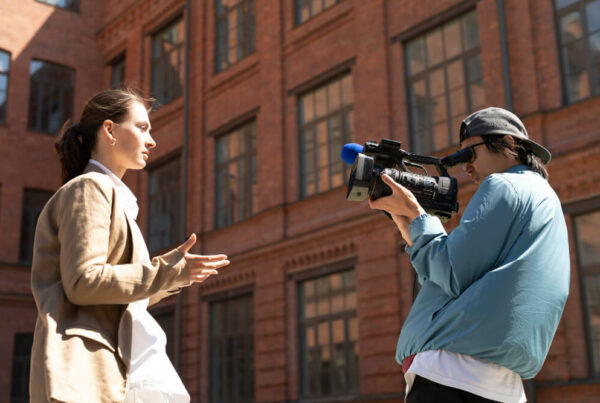Introduction
While visuals play a crucial role in horror films, sound is equally essential in crafting an unsettling atmosphere and evoking fear. The use of sound design, music, and silence can elevate tension, create unease, and leave a lasting impression on the audience. This blog explores the importance of sound in horror films, examining how audio elements enhance storytelling and contribute to the overall horror experience.
1. The Role of Sound Design in Horror
Sound design is a critical component of horror filmmaking, helping to create an immersive experience that draws the audience into the film’s world. The use of ambient sounds, effects, and silence can evoke emotions and set the tone for frightening moments.
Key Elements of Sound Design
- Ambient Sounds: Background sounds create an atmosphere that reflects the film’s setting. For example, the eerie creaking of a door, the rustling of leaves, or distant whispers can heighten tension and create a sense of foreboding.
- Sound Effects: Sudden, jarring sounds—like a loud bang or a scream—can startle the audience and amplify the horror. These effects are often timed perfectly with visual cues to maximize impact.
- Silence: The strategic use of silence can create discomfort and anticipation. Moments of quiet before a scare can make the audience more vulnerable and enhance the emotional impact of what follows.
Case Study: “A Quiet Place” (2018)
In John Krasinski’s “A Quiet Place,” sound is not just an accompaniment but a central element of the narrative. The film’s premise revolves around creatures that hunt by sound, forcing the characters to live in silence. The absence of sound in key moments amplifies tension, making every whisper and footstep significant. This innovative approach highlights the power of sound—or the lack thereof—in horror storytelling.
2. The Impact of Music in Horror Films
Music is another vital component of horror films, often serving to underscore emotions and foreshadow events. Composers have long understood the power of music to influence the audience’s feelings and expectations.
Key Functions of Music in Horror
- Establishing Mood: Music sets the emotional tone, whether it’s a haunting melody that evokes sadness or a frenetic score that builds excitement and fear. The right music can draw viewers into the characters’ emotional experiences.
- Foreshadowing: Composers often use specific musical motifs to hint at upcoming scares or plot twists. This technique prepares the audience for what’s to come while also building suspense.
- Emotional Catharsis: Music can evoke visceral reactions, allowing the audience to feel the characters’ fear and desperation. An effective score can enhance scenes of horror and tragedy, making them more impactful.
Iconic Scores
- “Psycho” (1960):: Bernard Herrmann’s score, particularly the famous shower scene music, is a masterclass in using strings to evoke fear and tension.
- “Halloween” (1978): John Carpenter’s minimalist piano score is instantly recognizable and effectively builds dread, becoming a signature element of the franchise.
- “The Exorcist” (1973): The haunting theme, “Tubular Bells,” became synonymous with horror and helped establish the film’s chilling atmosphere.
3. The Influence of Cultural Context on Sound in Horror
Sound in horror films is often shaped by cultural contexts and societal fears. Filmmakers use sound to reflect the anxieties of their time, making the genre a powerful medium for commentary.
Cultural Considerations
- Historical Fears: Horror films from different eras often incorporate sounds that resonate with contemporary societal fears. For example, films in the 1950s often utilized atomic-age sounds, while modern horror films may reflect technological anxieties.
- Cultural Sounds: Regional horror films often use culturally significant sounds, such as folklore chants, traditional instruments, or local wildlife. These sounds create an authentic atmosphere and enhance the narrative’s cultural relevance.
Case Study: “Get Out” (2017)
Jordan Peele’s “Get Out” utilizes sound to address racial tensions and anxieties. The film’s score, composed by Michael Abels, incorporates elements of African American music, while sound design highlights the dissonance between the protagonist’s experience and the seemingly idyllic environment. The use of sound serves to underscore the film’s themes and adds depth to the horror experience.
4. The Art of Silence in Horror
Silence can be just as powerful as sound in horror films. It creates a sense of unease, allowing audiences to fill the void with their fears and imaginations.
Key Uses of Silence
- Building Tension: Long moments of silence can build anticipation, forcing the audience to engage with the film on a psychological level. This technique encourages viewers to question what might happen next.
- Creating Isolation: Silence can evoke feelings of loneliness and vulnerability. Characters isolated in silence heighten the audience’s empathy and fear for their safety.
- Contrasting Sounds: Silence can make the subsequent sound more impactful. A sudden noise following a quiet moment can startle the audience and create a memorable scare.
Case Study: “Hereditary” (2018)
Ari Aster’s “Hereditary” effectively employs silence to create a disturbing atmosphere. The film features long stretches without dialogue or music, allowing the audience to focus on the characters’ emotional states and the tension in their environment. The contrast between silence and sudden, jarring sounds amplifies the horror, making the film a powerful exploration of grief and trauma.
5. The Future of Sound in Horror Films
As technology continues to advance, the possibilities for sound in horror films are expanding. From immersive sound design to interactive experiences, filmmakers are exploring new ways to engage audiences through audio.
Innovative Technologies:
- Spatial Audio: Advances in spatial audio technology allow filmmakers to create a three-dimensional sound experience. This technique places sounds in specific locations around the audience, making the horror experience more immersive.
- Virtual Reality (VR): VR horror experiences leverage sound to create a fully immersive environment, allowing audiences to feel as though they are part of the narrative. Sound plays a crucial role in guiding users through the experience and heightening their sense of fear.
Anticipating Trends
As the horror genre evolves, audiences can expect innovative uses of sound to push boundaries and challenge traditional storytelling. Filmmakers will likely continue to experiment with sound to create unique experiences that resonate with contemporary fears and anxieties.
Conclusion: The Indelible Mark of Sound in Horror Films
The power of sound in horror films cannot be overstated. It shapes the atmosphere, enhances emotional depth, and draws audiences into the narrative in ways that visuals alone cannot achieve. From sound design to musical scores, filmmakers harness the potential of audio to evoke fear, tension, and empathy.As horror films continue to evolve, sound will remain a fundamental element in crafting chilling narratives and unforgettable experiences. By understanding the art of sound in horror, audiences can appreciate the intricate craftsmanship behind their favorite films and the emotions they evoke





